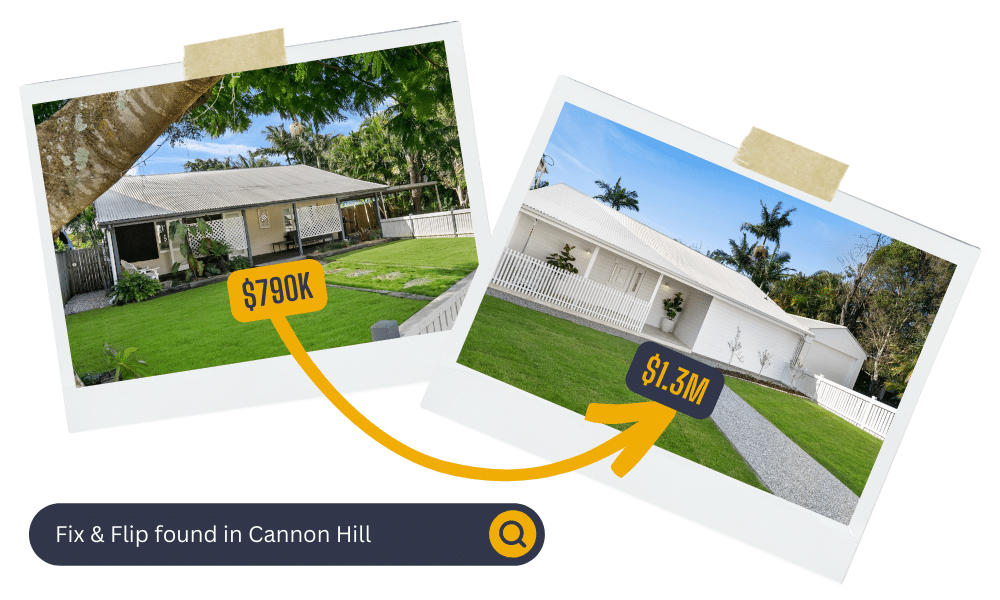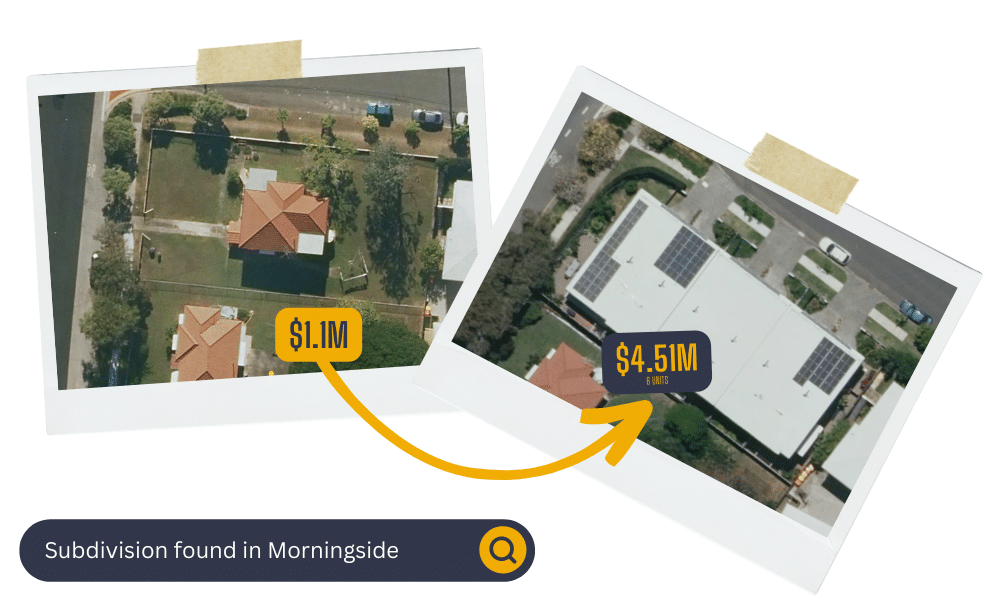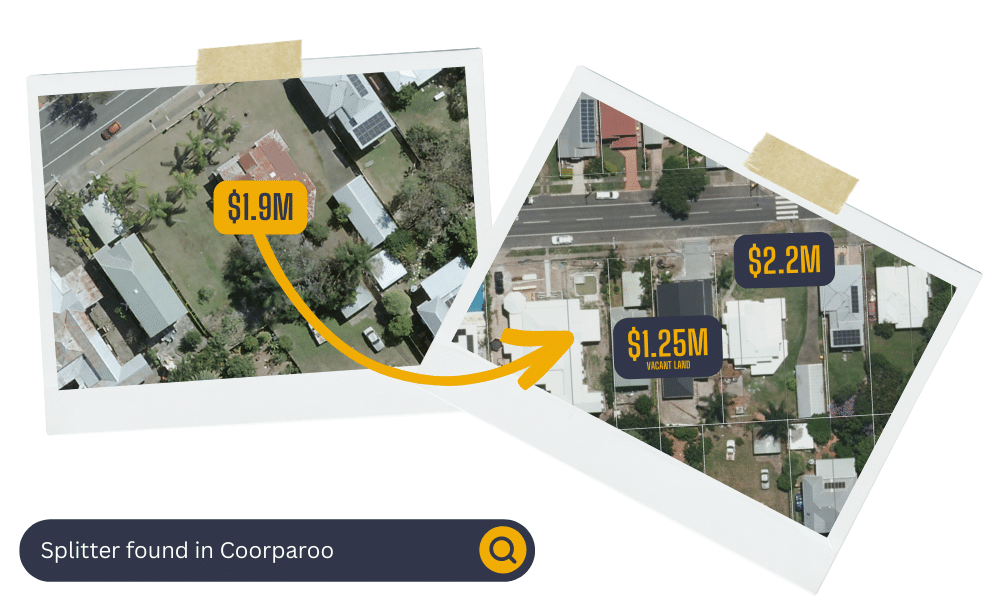There is no one size fits all when it comes to investing
Property investment is a diverse field, with numerous strategies to choose from based on your investment goals, financial situation, and risk tolerance. In this article, we will explore several property investment strategies, such as buy and hold, fix and flip, and investing in commercial properties. We will also offer guidance on assessing the benefits and risks of each strategy, enabling you to select the most suitable approach for your unique circumstances.
What investment strategy is best for you?
Navigating the world of property investment can be a challenge, but understanding the various ways to build wealth through real estate is crucial for maximising returns and crafting a strategy that aligns perfectly with your individual financial objectives and risk tolerance.

Take the 7 day challenge
Stash partners with some of the leading property investment & development educators in Australia.
Become a member of Stash to learn the ropes on becoming a property investor or developer. Take the 7 day challenge and get free access to Stash to begin your path to financial freedom.
Capital Growth Strategy
The capital growth strategy focuses on investing in properties with strong potential for appreciation in value over time. This approach typically involves thorough research and analysis of factors such as location, infrastructure developments, and market trends to identify properties likely to experience significant capital growth. Capital growth strategy is suitable for investors seeking to build long-term wealth and accumulate equity in their property portfolio.

Stash can help you search every high growth suburb in the country
Pros:
- Potential for substantial long-term returns
- Increased equity enabling further property investments
- Tax benefits, such as depreciation and negative gearing
Cons:
- Requires a long-term commitment
- May initially generate lower rental yields
- Reliance on market conditions and property value growth
- Possible fluctuations in property values.
Rental Yield Strategy
The rental yield strategy focuses on investing in properties with high rental income potential relative to the property’s purchase price. This approach prioritises properties that generate strong cash flow, ensuring a steady income stream for the investor. Rental yield strategy is suitable for investors seeking regular income and financial stability, rather than solely relying on capital growth.

Australia is facing a rental supply shortage
Pros:
- Steady rental income
- Lower reliance on market conditions and property value appreciation
- Greater cash flow can assist with loan repayments and property expenses
- Potential for shorter-term returns.
Cons:
- May result in lower capital growth compared to other strategies
- Ongoing property management responsibilities
- Possible fluctuations in rental demand and property values
- Higher vacancy risks if rental demand decreases.
Fix & Flip Strategy
The fix and flip strategy involves purchasing a property in need of renovation, making improvements, and then selling it for a profit. This approach typically requires a shorter investment period and is suitable for investors seeking quick returns.

Pros:
- Potential for fast, substantial profits
- Opportunities for hands-on involvement
- Shorter investment timeframe.
Cons:
- Higher risk due to market fluctuations and unforeseen renovation costs
- Requires substantial time and effort for property improvements
- Profits reliant on a successful sale.
Knock Down Rebuild (KDRB) Strategy
The knock down rebuild strategy involves purchasing a property with an older or underutilized structure, demolishing it, and constructing a new, modern building in its place. This approach allows investors to add value to the property by replacing the existing structure with a more desirable and profitable one, such as a contemporary family home or a multi-unit development. KDRB strategy is suitable for investors seeking to maximize the potential of a property and capitalize on the land value.

Pros:
- Opportunity to increase property value significantly
- Customization of the new structure to suit market demands
- Potential for higher rental yields and capital growth
- Possible government incentives for new constructions.
Cons:
- Higher upfront costs for demolition and construction
- Longer investment timeframe due to planning and construction processes
- Risk of unforeseen complications and expenses during construction
- Regulatory and zoning restrictions may impact development plans.
Subdivision Strategy
The subdivision strategy involves purchasing a property with a large land area and dividing it into smaller, individual lots that can be sold separately or developed independently. This approach allows investors to unlock the potential of underutilized land, creating multiple properties from a single purchase and increasing the overall value of the investment. Subdivision strategy is suitable for investors seeking to maximize returns through the strategic use of land and property development.

Pros:
- Potential for significant profit from selling individual lots or developed properties
- Efficient use of land resources
- Increased flexibility in development options
- Possible government incentives for land development.
Cons:
- Higher upfront costs for land surveying, planning, and infrastructure development
- Longer investment timeframe due to regulatory approval processes and construction
- Risk of unforeseen complications during the subdivision process,
- Regulatory and zoning restrictions may impact subdivision plans.
Commercial Property Investment
Commercial property investment involves purchasing properties used for business purposes, such as office buildings, retail spaces, or warehouses. This strategy often provides higher rental yields and longer lease terms compared to residential property investments.

Pros:
- Higher rental yields
- Longer lease terms providing more stable income
- Tenants often responsible for property maintenance and outgoings.
Cons:
- Higher initial investment costs
- Potential for longer vacancy periods
- More complex leasing agreements and regulations.
Splitter Block Strategy
The splitter block strategy involves purchasing a property that can be easily divided into two or more separate lots, often without the need for extensive subdivision processes. This approach allows investors to create multiple properties from a single purchase, potentially increasing the overall value of the investment and generating higher rental yields. Splitter block strategy is suitable for investors seeking a relatively simple and cost-effective way to maximize returns through property development.

Pros:
- Lower upfront costs compared to full subdivision
- Faster investment timeframe due to less complex division processes,
- Potential for higher rental yields and capital growth
- Increased flexibility in development options.
Cons:
- Limited availability of suitable properties
- Risk of regulatory changes affecting development plans
- Possible fluctuations in property values and rental demand
- Need for thorough research to identify appropriate splitter block opportunities.
Property Options
Property options involve securing the right to buy a property at a predetermined price within a specific time frame, without the obligation to complete the purchase. This strategy allows investors to control a property without owning it outright, providing opportunities to profit from changes in property value or to assign the option to another buyer for a fee. Property options are suitable for investors seeking flexible investment opportunities with lower capital requirements.

Property Options are an innovative way to get into property development. Image: Massland
Pros:
- Lower initial investment costs
- Flexibility to profit from property value changes or assign the option to another buyer
- Reduced financial risk due to the non-obligatory nature of the purchase.
Cons:
- Limited control over the property
- Potential for the property value to decrease or remain stagnant
- Option agreements may be complex and require legal expertise.
To determine the most suitable investment strategy for your circumstances, consider the following factors:
- Investment goals: Identify your primary objectives, such as long-term wealth creation, passive income, or quick returns.
- Financial situation: Evaluate your income, expenses, assets, and liabilities to determine the amount of capital you can invest.
- Risk tolerance: Assess your comfort level with the potential risks associated with each strategy, such as market fluctuations, renovation costs, or vacancy periods.
- Time commitment: Consider the amount of time and effort you are willing to dedicate to property investment, including research, property management, and renovations.
By carefully evaluating your investment goals, financial situation, risk tolerance, and time commitment, you can select the property investment strategy that best aligns with your unique circumstances. Remember that successful property investment requires patience, persistence, and a willingness to adapt as market conditions change.



